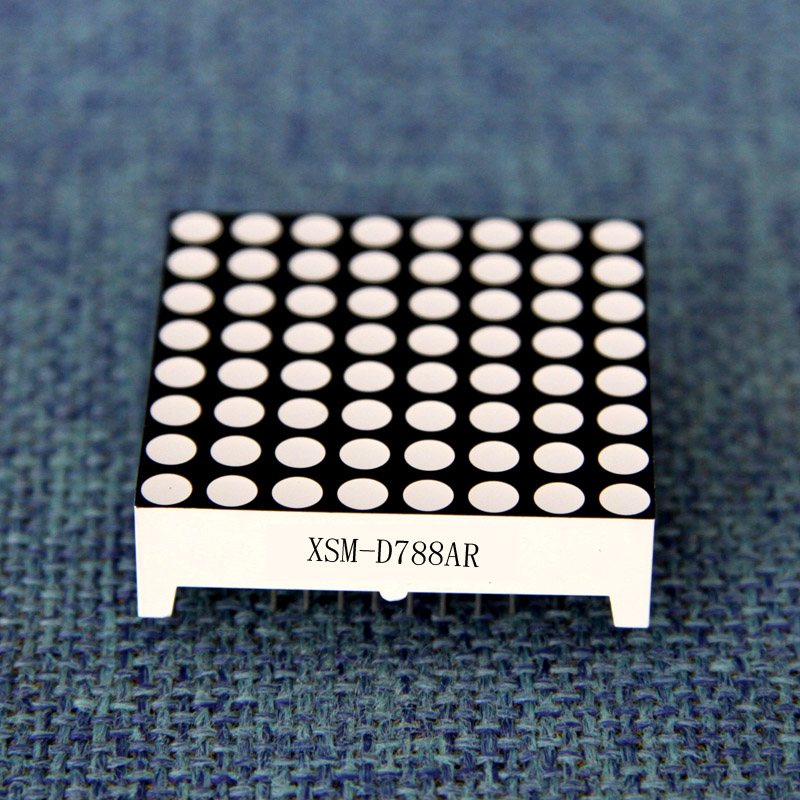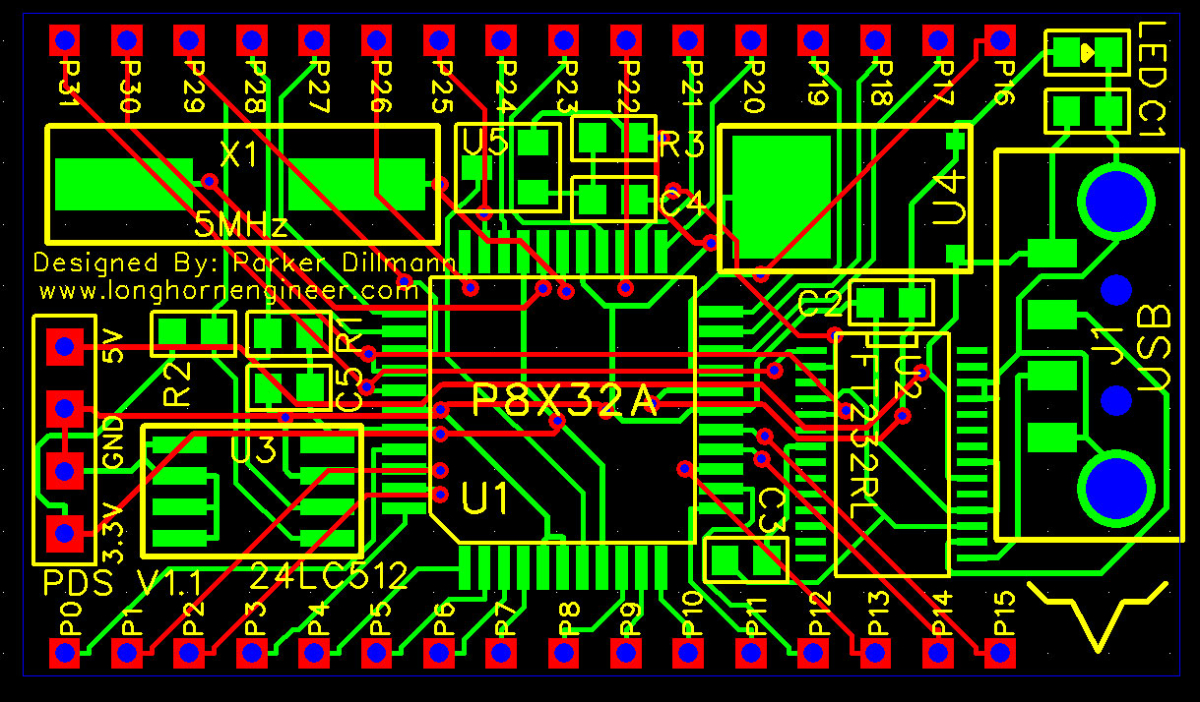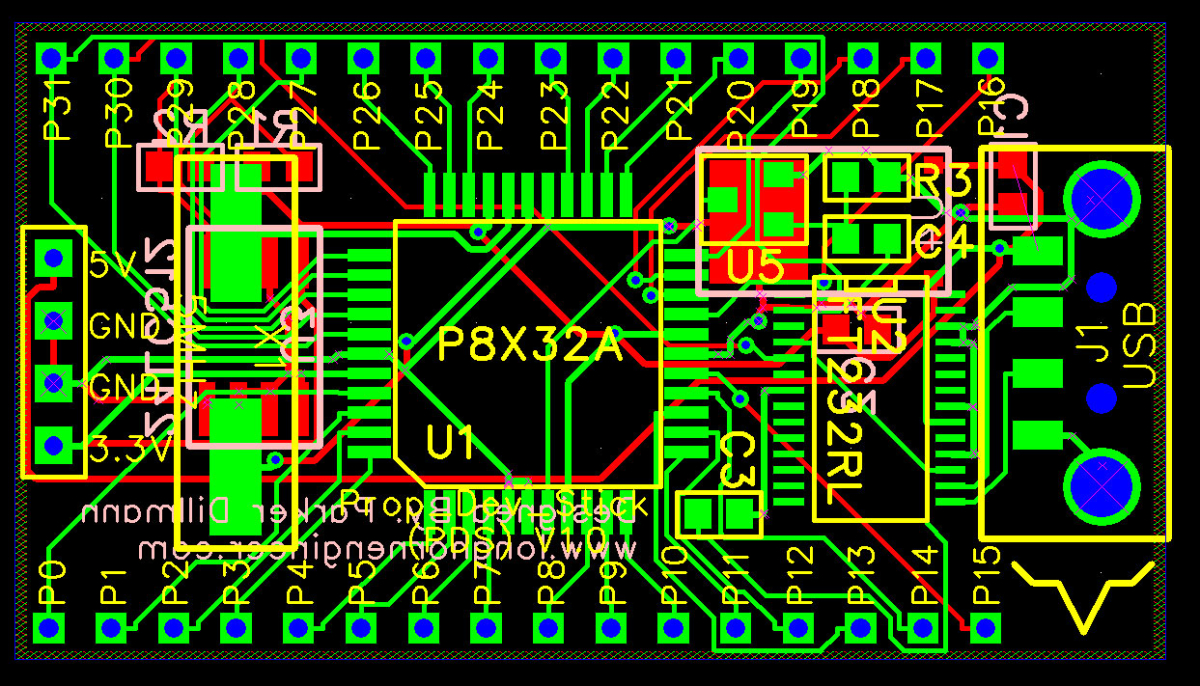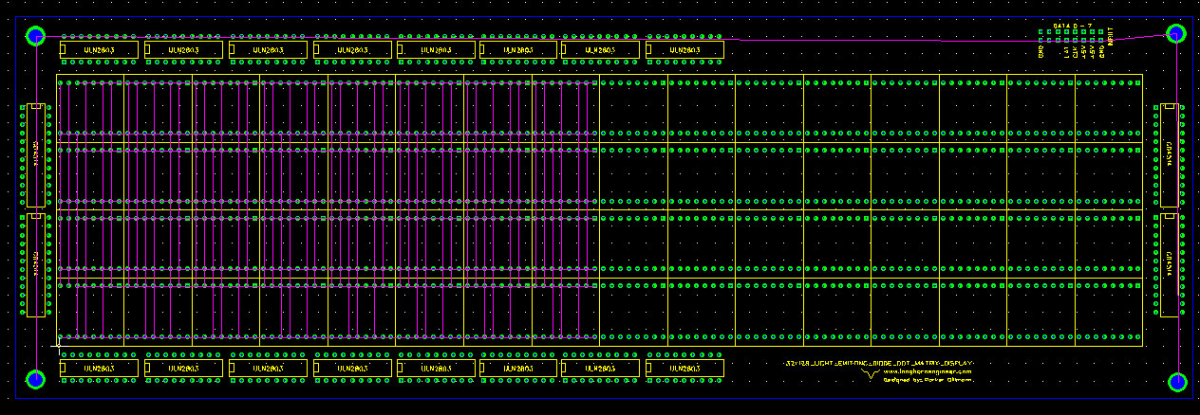While developing the larger 36×128 DMD I ran out of registers and logic elements in the FPGA I was using. I could have switched to a larger FPGA but that would put the final product out of the price range I was aiming for. FPGAs have loads of dedicated ram so I decided to move the display memory from registers to a chunk of block ram. To test to see if the RAM code works I wrote a program for the 16×96 display in RESET_VECTOR. It took a bit of tweaking as I have never used block ram before but I was able to get it working.
module LED_Matrix_16x96
(
clk,row,col,SDRAM_CS,SRAM_CS,LAT,INPUT,SCLK
);
input wire clk;
input wire LAT;
input wire INPUT;
input wire SCLK;
output reg [0:15] row;
output reg [95:0] col;
output reg [0:0] SDRAM_CS;
output reg [0:0] SRAM_CS;
reg [24:0] clk_slow;
reg [4:0] row_cnt;
reg [1535:0] col_buffer;
reg [3:0] read_addr;
reg [3:0] write_addr;
reg [95:0] disp_mem_data;
reg disp_mem_wren;
wire [95:0] disp_mem_q;
reg [3:0] sel;
initial
begin
row <= 16'b0000000000000001;
col <= 16'b0000000000000000;
SDRAM_CS <= 1'b0;
SRAM_CS <= 1'b0;
clk_slow <= 16'b0000000000000000;
row_cnt <= 5'b00000;
write_addr <= 4'b0000;
read_addr <= 4'b0000;
disp_mem_wren <= 0;
sel <= 4'b0000;
end
always @(posedge clk)
begin
clk_slow <= clk_slow + 1'b1;
if(!LAT & row_cnt == 5'b01111)
begin
case(sel)
4'b0000:
begin
write_addr <= sel;
disp_mem_wren <= 1'b1;
disp_mem_data <= col_buffer[1535:1440];
sel <= 4'b0001;
end
4'b0001:
begin
write_addr <= sel;
disp_mem_wren <= 1'b1;
disp_mem_data <= col_buffer[1439:1344];
sel <= 4'b0010;
end
4'b0010:
begin
write_addr <= sel;
disp_mem_wren <= 1'b1;
disp_mem_data <= col_buffer[1343:1248];
sel <= 4'b0011;
end
4'b0011:
begin
write_addr <= sel;
disp_mem_wren <= 1'b1;
disp_mem_data <= col_buffer[1247:1152];
sel <= 4'b0100;
end
4'b0100:
begin
write_addr <= sel;
disp_mem_wren <= 1'b1;
disp_mem_data <= col_buffer[1151:1056];
sel <= 4'b0101;
end
4'b0101:
begin
write_addr <= sel;
disp_mem_wren <= 1'b1;
disp_mem_data <= col_buffer[1055:960];
sel <= 4'b0110;
end
4'b0110:
begin
write_addr <= sel;
disp_mem_wren <= 1'b1;
disp_mem_data <= col_buffer[959:864];
sel <= 4'b0111;
end
4'b0111:
begin
write_addr <= sel;
disp_mem_wren <= 1'b1;
disp_mem_data <= col_buffer[863:768];
sel <= 4'b1000;
end
4'b1000:
begin
write_addr <= sel;
disp_mem_wren <= 1'b1;
disp_mem_data <= col_buffer[767:672];
sel <= 4'b1001;
end
4'b1001:
begin
write_addr <= sel;
disp_mem_wren <= 1'b1;
disp_mem_data <= col_buffer[671:576];
sel <= 4'b1010;
end
4'b1010:
begin
write_addr <= sel;
disp_mem_wren <= 1'b1;
disp_mem_data <= col_buffer[575:480];
sel <= 4'b1011;
end
4'b1011:
begin
write_addr <= sel;
disp_mem_wren <= 1'b1;
disp_mem_data <= col_buffer[479:384];
sel <= 4'b1100;
end
4'b1100:
begin
write_addr <= sel;
disp_mem_wren <= 1'b1;
disp_mem_data <= col_buffer[383:288];
sel <= 4'b1101;
end
4'b1101:
begin
write_addr <= sel;
disp_mem_wren <= 1'b1;
disp_mem_data <= col_buffer[287:192];
sel <= 4'b1110;
end
4'b1110:
begin
write_addr <= sel;
disp_mem_wren <= 1'b1;
disp_mem_data <= col_buffer[191:96];
sel <= 4'b1111;
end
4'b1111:
begin
write_addr <= sel;
disp_mem_wren <= 1'b1;
disp_mem_data <= col_buffer[95:0];
sel <= 4'b0000;
end
default:
begin
sel <= 4'b0000;
write_addr <= 4'b0000;
disp_mem_wren <= 1'b0;
end
endcase
end
else
begin
disp_mem_wren <= 1'b0;
sel <= 4'b0000;
end
end
always @(posedge clk_slow[10])
begin
if(row_cnt > 5'b01111)
begin
row_cnt <= 5'b00000;
end
col <= disp_mem_q;
row_cnt <= row_cnt + 1'b1;
row <= {row[15],row[0:14]};
read_addr <= read_addr + 1'b1;
end
always @(posedge SCLK)
begin
if(LAT)
begin
col_buffer <= {col_buffer[1534:0],INPUT};
end
end
display_ram disp_mem_inst (
.rdaddress (read_addr),
.wraddress (write_addr),
.clock (clk),
.data (disp_mem_data),
.wren (disp_mem_wren),
.q (disp_mem_q)
);
endmodule






